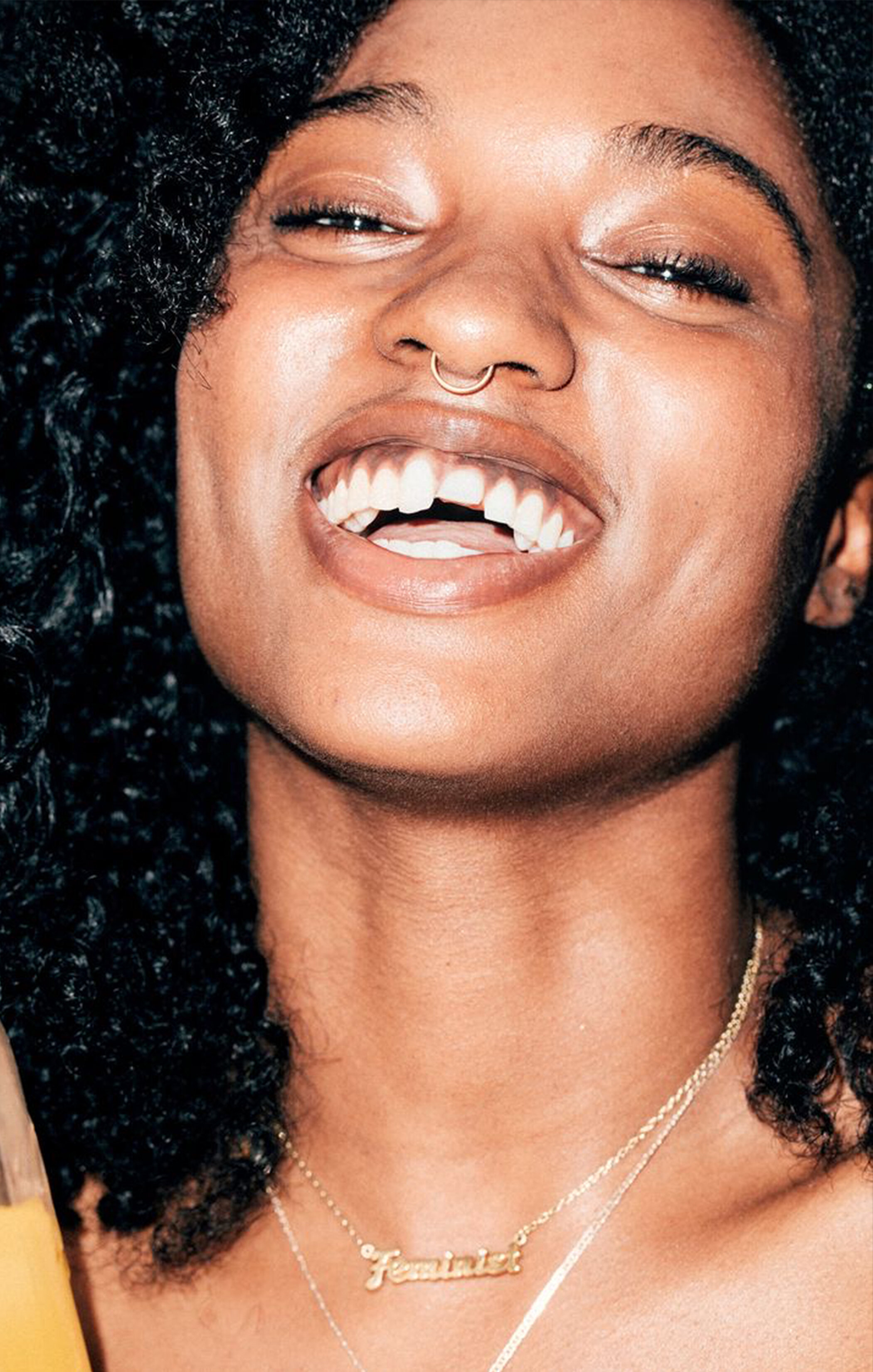Now & Then: Body Features & Their Acceptance In Modern Society
What are our biggest body insecurities? Let’s learn how to turn them into the positive features that make us look unique.
Freckles
Do you remember the Pippi Longstocking moment with a large jar of freckle salve and a sign “DO YOU SUFFER FROM FRECKLES?” From childhood we were taught that freckles are something to be ashamed of and that a thick foundation was the only way to avoid the “imperfection.” Sometimes people would even bleach and remove them with surgery. However, nowadays it’s one of the most-trendy elements for make up --using hair dye, henna, and brown pencil in order to imitate the sun-kissed effect. Popular models such as Sabrina Karlsson, Gisele Bundchen, and Erin Heatherton show that freckles individualize facial features in order to look more memorable and adorable.
Body Positivity
Unfortunately, only recently has society started to accept different body types and to understand the importance of their inclusion in the fashion/beauty industry. The skinny look was always most desirable. In the 60s we had Twiggy girls, in the 90s it was Heroin Chic models, and in 2000s there was a huge boom of anorexia and bulimia. Nowadays with the importance of mental health the main idea behind body positivity is to accept and love yourself no matter how your body looks at the moment. Plus size supermodels such as Ashley Ann Graham, Tess Holliday, and Kate Wasley represent a type of body that was hardly ever used for runways and campaigns. There was no opportunity for thicker girls to understand how the garments look in their size.
Cellulite and Stretchmarks
The orange peel effect of cellulite was always accepted as a sign of an unfit body and hiding that body underneath a long skirt would not make it disappear but would rather make the person feel insecure about her appearance. The truth is that cellulite affects 90% of women, and too many factors account for this fact. The same applies to stretchmarks, as they appear even when the person loses a lot of weight in order to fit the “standards of beauty.” Stretchmarks are even found attractive and cute because they are associated with the birth of a child, as mothers are most likely to get them when they were pregnant. Many lingerie brands such as Victoria’s Secret and Calvin Klein prefer not to retouch stretchmarks by using Photoshop as they prefer a realistic imagery of a human body.
Crooked Teeth
Teeth can change the whole appearance of the face. The first thing that happens to a teenager is a painful and embarrassing braces’ installation, as it seems to be obligatory to have a perfect so called Hollywood smile. In reality, some people look even more mesmerizing, for example, with a gap between their teeth like Madonna has. In one of the America’s next Top Models a girl got a dentist appointment in order to spice up her model features with a manmade gap between her front teeth, as it would make her look more interesting. For example, Gucci is a brand that is known for its extravagant showcase of body positivity, and the campaign for its new lipstick wasn’t a surprise--the model has a wonderful and unstandardized (beauty industry) smile. That was definitely the most discussed and most catchy advertisement Gucci could have imagined: Opinions gathered on the internet again opposed each other, whether it is a new era for beauty standards or breaking the rules of traditional, old-fashioned beauty.
Armpit Hair
Definitely the most arguable and the most feminist-associated trend that is still hard to introduce to society. The armpit hair became more of a protest than a beauty feature—a protest against the sexual standards whereby women are obliged to shave or wax themselves and be judged as unkempt and even disgusting if they don’t do it regularly. At the same time while this trend is booming, women also try to persuade men to pay attention to their body hair, which men neglect as they claim that getting rid of hair would make them look too flamboyant. There are too many diverse opinions on what is fair and unfair related to signs of gender, but surely this movement allows women to stress out less about their body hair and still feel marvelous if they skipped the routine.
Article by Viktoriia Stanieva, Contributor, PhotoBook Magazine
Tearsheets by Destina Marotta, Contributor, PhotoBook Magazine













